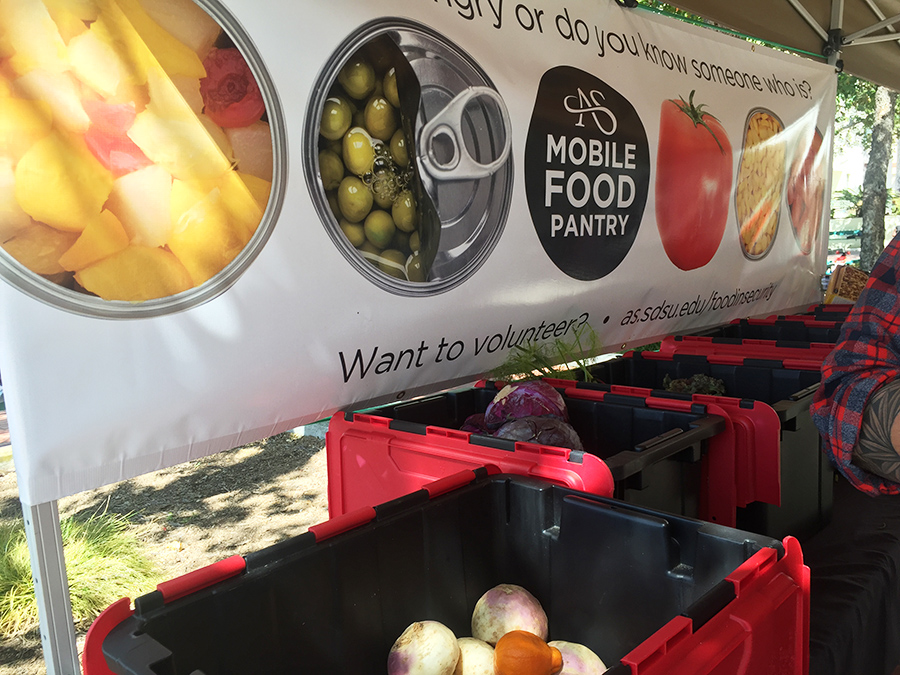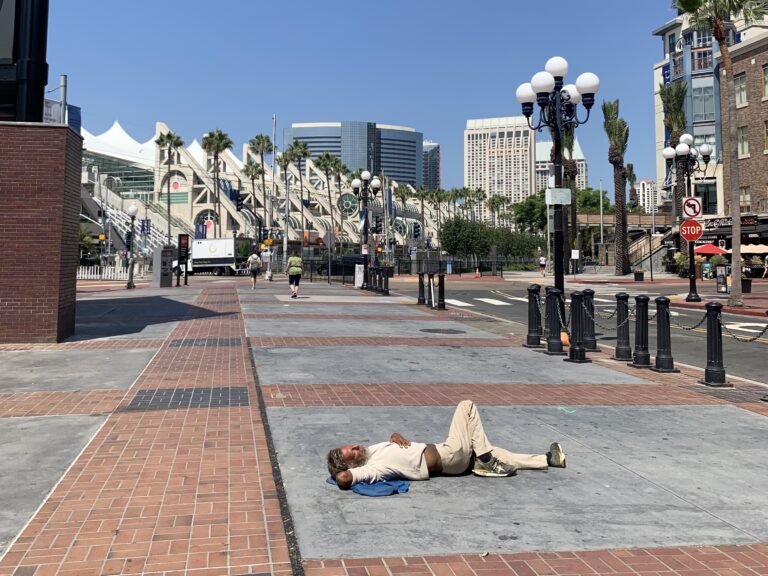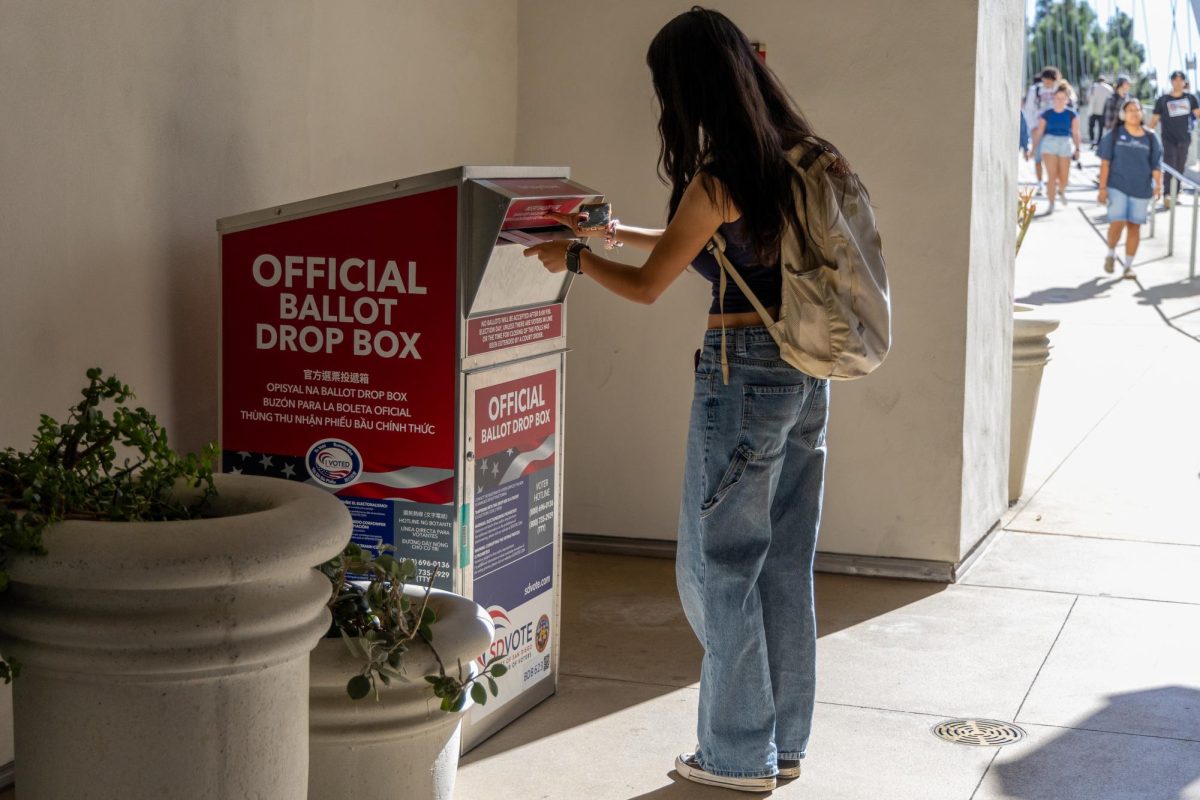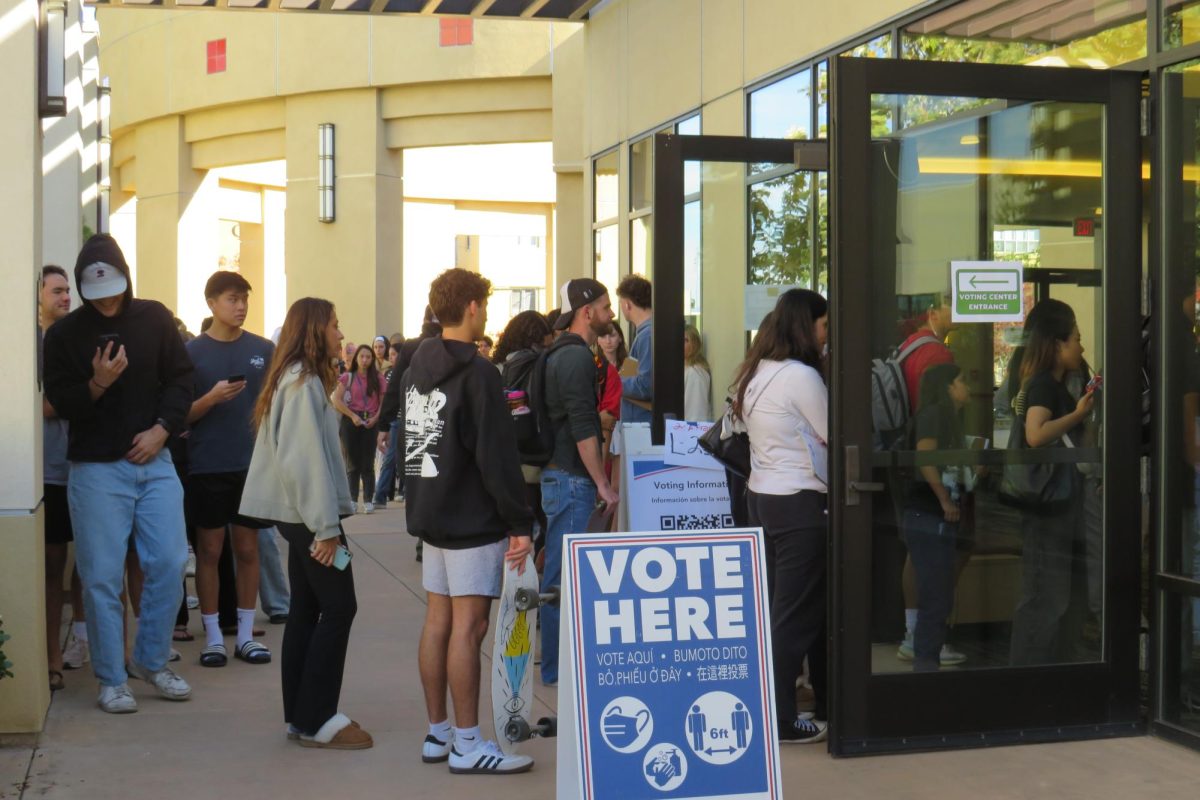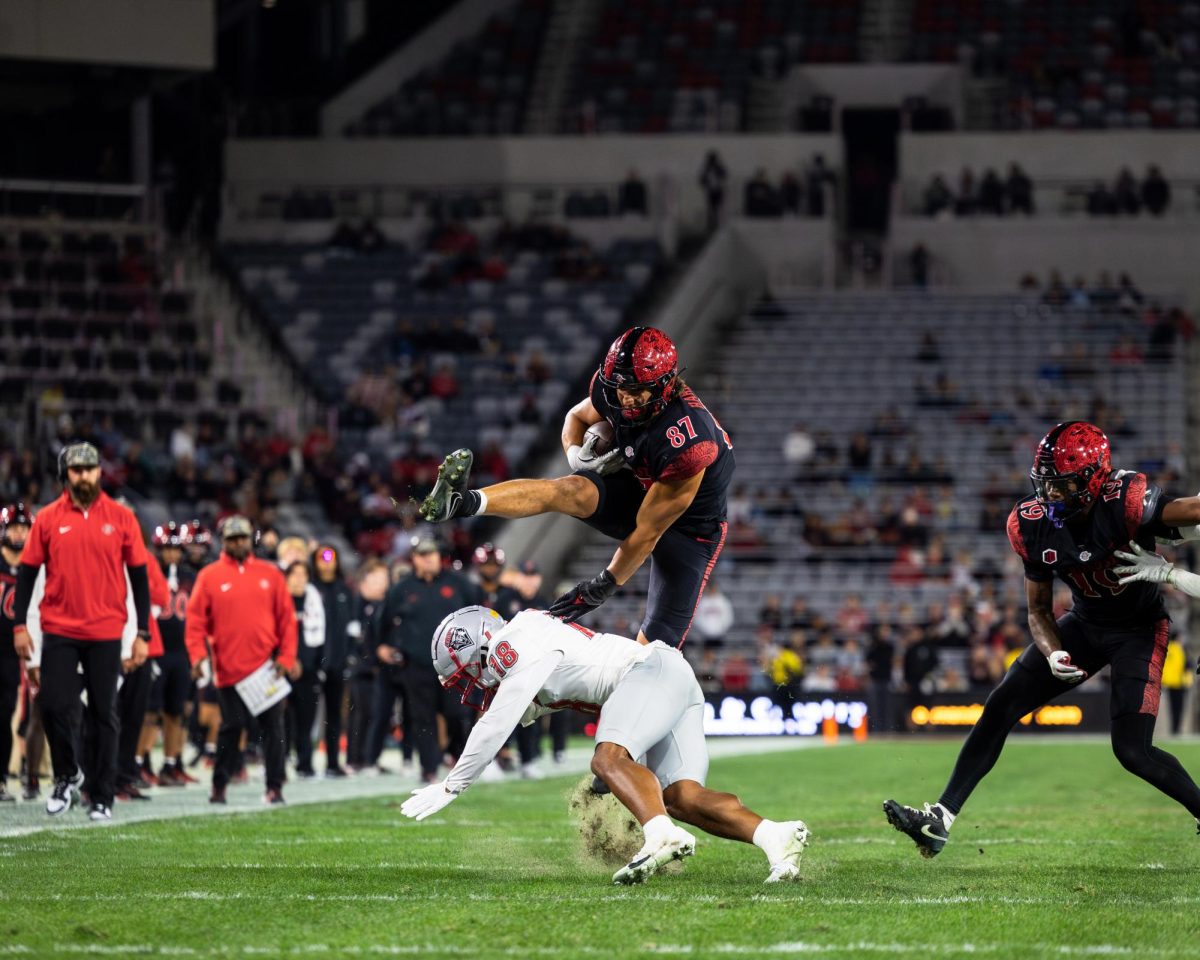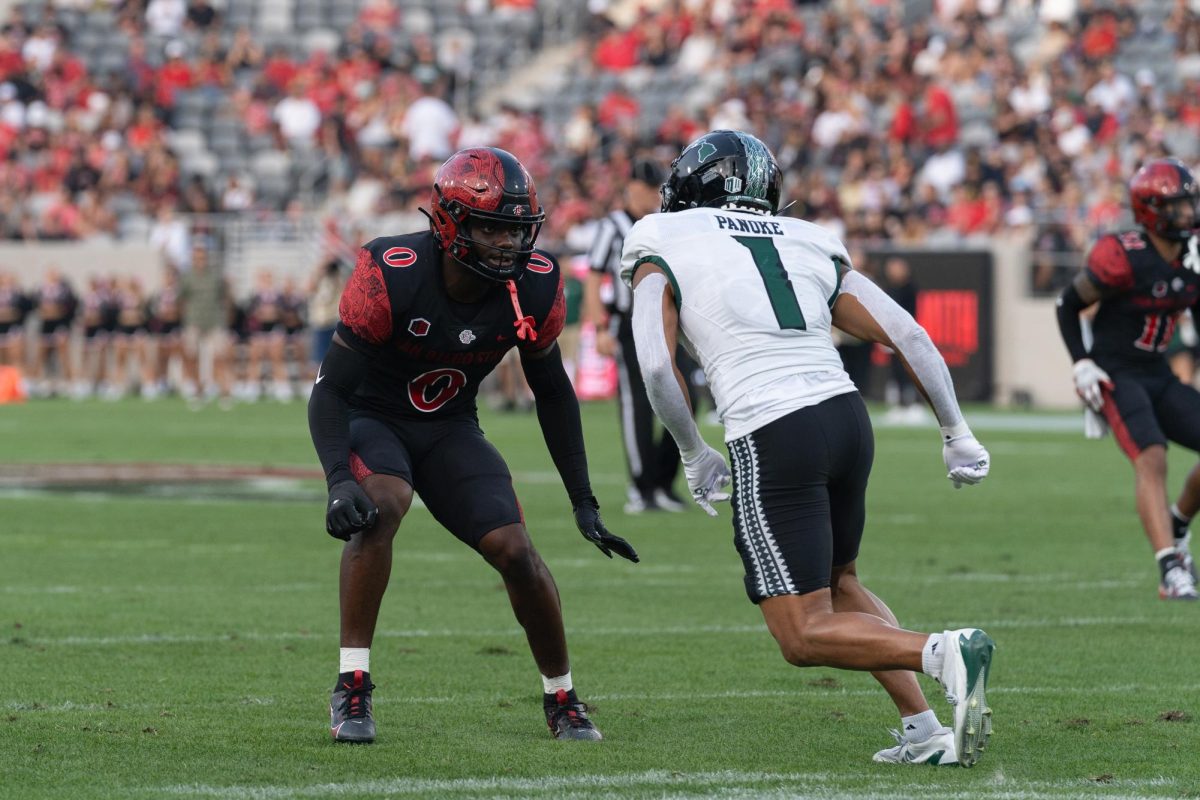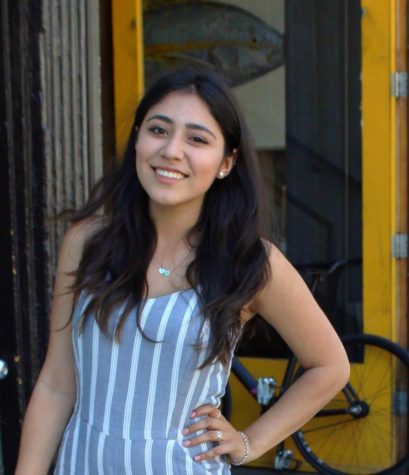After encountering students with food insecurity at San Diego State, alumnus Rachel Beck, along with the Agape House, created a resolution that would make the current mobile food pantry accessible to more students on campus.
Beck, who graduated in December 2016, said she remembers going to a fellow student’s house and asking if he had any food.
When the student opened his pantry, only Cup Noodles with three different flavors lined his shelves.
“He had the chicken, the beef and the veggie flavors,” Beck said. “He was like ‘this is my breakfast, lunch and dinner.’ The different flavors gave him a sense of variety.”
She said he made a joke out of it, but it was something she felt awful about because she was going home to vegetables and other necessities.
Resolution to Fight Food Insecurity and Expand Food Pantry
Beck and the Agape House turned in a resolution on Feb. 24 to fight food insecurity at SDSU by proposing to make the current mobile food pantry available two days of the week, instead of the one day it is currently.
The resolution passed with a unanimous vote at an Associated Students University Council meeting on April 19.
Beginning in fall 2017, the mobile food pantry will be available two days a week for four or more hours per day, and starting in fall 2018, the pantry will be open three days a week for the same amount of hours. It will also expand to include toiletries and sanitary items.

Originally, the resolution proposed the establishment of a permanent food pantry, but Beck said the A.S. Student Support Commission
removed the word “permanent” because they thought of its technical definition as “unchanging,” or binding.
“(The Student Support Commission) wants the food pantry to change if it needs to be expanded to help more students,” Beck said.
At the University Council meeting, A.S. Executive Vice President Patty Masengale said the needs of students may change after the opening of Trader Joe’s in South Campus Plaza. She said this may increase the number of students who sign up for CalFresh.
Beck said one of the reasons behind creating the resolution was that undocumented students at the university do not qualify for government assistance for food, such as CalFresh.
CalFresh provides monthly food benefits to people with low incomes but is only accessible by U.S. citizens and residents.
The undocumented and international students enrolled at San Diego State this semester cannot apply for government assistance for food.
According to a CSU study released in February 2015, 21 percent of students were food insecure and 11 university campuses had programs for these students through food pantries and additional services. SDSU was not one of the 11 campuses at the time.
“Most CSU campuses do have a food pantry, and we are one of the largest CSUs and the one closest to the border,” Beck said. “We’re one of the schools that has the most needs in addition to rising rents and rising tuitions.”
Associated Students President-elect and Vice President of University Affairs Chimezie Ebiriekwe helped start the original mobile food pantry in November 2016.
“Suffering from food insecurity personally my freshman year, I sometimes saw how there was literally not enough resources to pretty much assist me as a student,” he said. “Using those personal experiences drove me to allow students to have this resource.”
Current status of the mobile food pantry
A.S. Government Affairs Coordinator Gerardo Cabral said 252 students of the more than 33,000 students at SDSU accessed the campus food pantry on April 20, the most recent food pantry opening at the campus farmers market.
This number compares to the average of 90 students per week who accessed the pantry last semester.
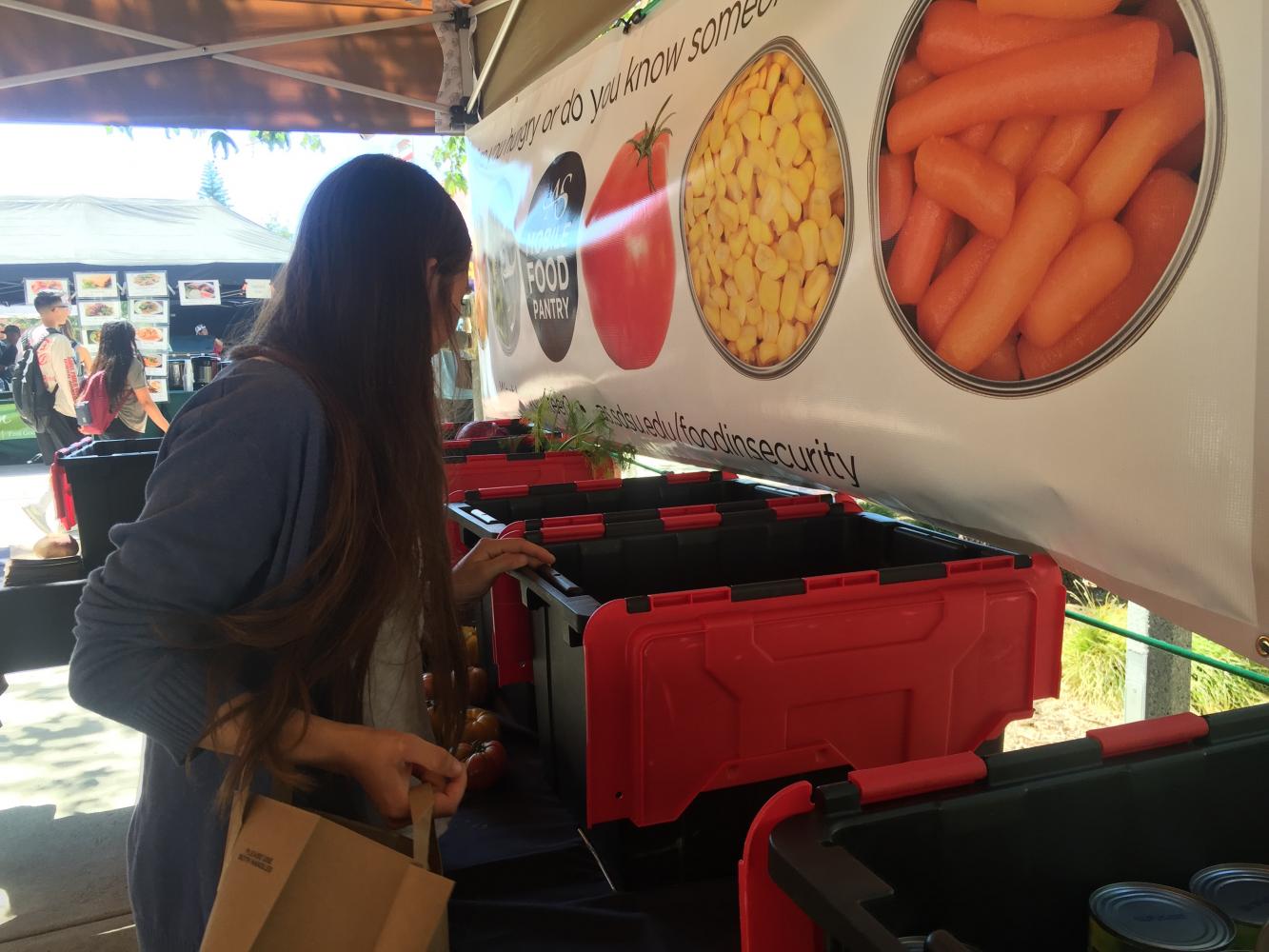
With the additional day the food pantry will be open next fall, A.S. will not have to worry about funds for food. The mobile food pantry is funded by the money raised through Aztecs Rock Hunger donations.
Associated Students raised a combination of food and money totaling 448,420 pounds of food.
The funds raised from Aztecs Rock Hunger are donated to the organization each year. This is the first year the agreement was made to bring some of the donations back to SDSU students.
The university has used 36,040 pounds of the credit it has with the food bank so far, Ebiriekwe said.
The used amount reflects the 19 cents per pound the university is charged by the food bank for the delivery and processing of the food, and is deducted from the donated amount. Bread and produce are provided and delivered at no cost.
Since the university only receives donated food from the food bank, there are no additional costs for the food that supplies the mobile food pantry.
Boxes of sorted and categorized food, and 45 bins hand-stocked for the pantry are currently stored in a heated Conrad Prebys Aztec Student Union storage near the loading dock.
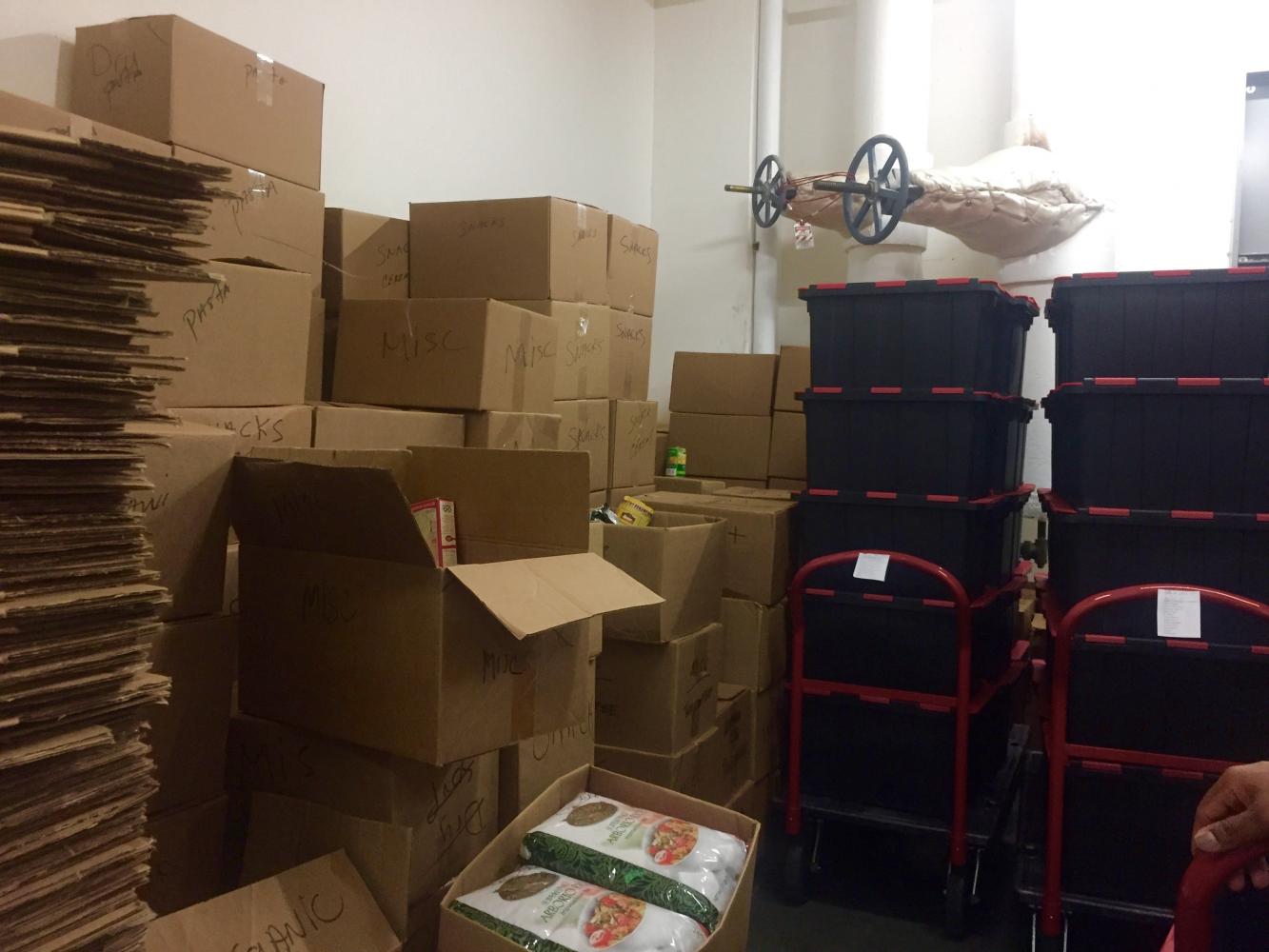
The food is categorized into pasta, spaghetti and sauce, canned soup, dried and instant soup, dried rice and beans, canned meat, pre-made, canned beans, canned corn, green vegetables, canned fruit, peanut butter, snacks and miscellaneous.
There are three bins for each category packaged per week, along with refrigerated fruits and vegetables, and bread.
Produce is stored in Oggi’s Pizza’s refrigerator since there is not a designated space for the food that comes from the food bank each Wednesday afternoon.
The amount of produce picked out by A.S. Director of Facilities Glen Brandenburg and Assistant Director of Facilities Ron Cortell during Wednesday morning shopping trips at the warehouse is dependent on the amount of space in Oggi’s fridge, Cortell said.
Cortell works with two custodial workers on campus to sort the food by categories and pack it into the bins. The food continues to increase due to student demand when it is delivered by the Food Bank the day before the weekly farmer’s market.
“This is like a one day operation and works okay for us, but truly two days we’d need more,” he said. “We just started doing the three (sets of 15) bins here recently. And we give three of them away every week.”
He said 95 to 100 percent of the food packed for each week is handed out to students, requiring more trips back and forth from the loading dock to the centrally located food pantry.
“We would have to go do more shopping which means we need more people, and we need more storage,” Cortell said. “I’m not saying we can’t do another day, but we would need shipments to come in bigger and infrastructure would need to be greater.”
Brandenburg said to supplement Beck’s original idea to make the food pantry a permanent campus resource, the only cost to the university would be the salary of a full-time staff member to run it throughout the week.
He said it would cost A.S. $45,000 to $65,000 a year, with 2,080 work hours a year, to pay for a full-time position to create a permanent pantry.
Brandenburg said it would likely be located in an empty room in the Student Union, and there would be no cost to occupy the space.
“There’s not a lot of open rooms, so I don’t know where they would do it,” he said. “But if they found a space, I don’t think they would charge themselves for the room. The position is the primary cost.”
The food pantry is also run by student volunteers. Cabral said about 180 students are trained to assist with the food pantry, 100 of which are SDSU ambassadors. These students help with tabling at the food pantry on Thursdays.
Cortell said while he thinks more students should be involved in the behind-the-scenes work of the food pantry, the cause is great and thinking about the impact it makes for hungry students is what makes it easy for him to continue each week.
“To me, to be honest, that’s what pulls me through,” he said. “It’s a lot of work, but I just think about the impact that it makes and the difference it makes for some of these kids.”
Hungry students at San Diego State
As a resident advisor for SDSU campus housing, Beck said she would sometimes go to sleep hungry.
“Even though we were on a seven-day meal plan, they only give you about $13 (a day) on the weekends,” she said. “Thirteen dollars could get you like an Oggi’s pizza, and then the money is gone. You really only get one meal per day.”
Beck said after helping put posters up for Aztecs Rock Hunger, some of the resident advisers would take the food that was donated and expired to eat on the weekends because that food would be put to waste.
Spanish and Chicano and Chicana Studies senior Jeanette Corona said the minimum wage in San Diego is not sustainable, along with the living prices.
Corona works in the Department of Chemistry and Biochemistry, and she said in front of her desk she has a corner set up with cans and snacks to take on the go.
Business freshman John Sheley said he could not afford to pay his fees for the flex-5 meal plan on top of his out-of-state tuition, and his plan was cancelled when he could not afford to pay back school fees.
He said students need to speak up if they’re food insecure because he found help through doing so.
“When I finally reached out to close friends and let them know what was going on because I was too embarrassed to say anything at the time, they went out and bought me food,” he said.
SDSU music studies senior Marissa Aguirre said she was laid off from her on-campus job because they did not have enough hours to give her at the end of the semester.
“It was the same week I found out about (the food pantry), so I just came here for groceries because I didn’t want to ask my parents for money,” Aguirre said. “That would be my last option.”
Cabral said he has thought of bringing up the concern of having the food pantry in a public location, but that it might not be a problem because the number of students accessing it each week is increasing.
“There have been students where they’re a little bit hesitant,” he said. “But we’re willing to work with them, so if they didn’t want to carry the bag themselves, we would keep it here at the front desk so they could pick it up.”
Vice President-elect of University Affairs Chris Thomas said he wants to open the conversation more and wants to sit down with people who are food insecure to find a way to help and move forward.
“It’s a tough place to be,” Thomas said. “And a lot of people, even myself, have felt that ‘I’m just a charity case that needs food,’ and that’s not the way it should be, ever.”
Thomas said he wants to look for a permanent space where the food pantry can be open Monday through Friday.
The mobile food pantry will be closed for the summer session.





